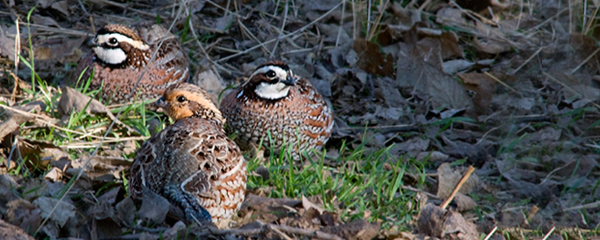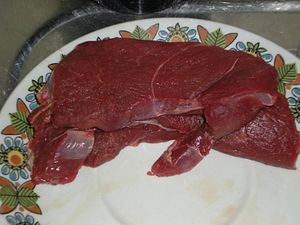Eligible non-profits can enter to draw a deer, elk, or antelope permit for fundraising
PRATT – At the upcoming Jan. 9 Kansas Wildlife, Parks and Tourism commission meeting at Southwestern College in Winfield, seven lucky wildlife conservation groups will be drawn from a pool of applicants to receive a big game permit voucher. These vouchers can then be sold to the highest bidder to raise money for the organization’s conservation efforts, with 15 percent of the sales going directly back to the chapter, and 85 percent going to the Kansas Department of Wildlife, Parks and Tourism (KDWPT) to be spent on mutually agreed-upon projects.
Any Kansas-based nonprofit organization that actively promotes wildlife conservation and the hunting and fishing heritage is eligible to apply now through Jan. 1, 2014. Only one permit per organization will be awarded; however, individual chapters of the same organization may receive permits. A chapter or organization is eligible to receive only one Commission Big Game permit in a three-year period. To apply, organizations must submit an application that includes a copy of their 501(c)(3) nonprofit status, articles of incorporation, and mission statement, as well as the organization’s preference for an elk, antelope or deer permit. Applications can be downloaded from KDWPT’s website,www.ksoutdoors.com; enter “2013 Commission Big Game Permit” in the search box. Mail applications to Sheila Kemmis, Commission Secretary, Kansas Department of Wildlife, Parks and Tourism, 512 SE 25 Ave., Pratt, KS 67124.
A total of seven permits may be issued, including one elk, one antelope and up to seven deer, depending upon the preferences of the drawn organizations. Organizations that draw a permit must first pay KDWPT the permit fee, and then they will be issued a voucher. The final recipient of the voucher then remits the voucher to KDWPT’s licensing section for the actual big game permit. Permits may be issued to resident or nonresident hunters, and are valid in management units and seasons listed on the permits.
If Kansas Hunters Feeding the Hungry (KSHFH) receives a permit, not less than 15 percent of the funds raised is remitted to KDWPT with 85 percent staying with KFHFH.





















